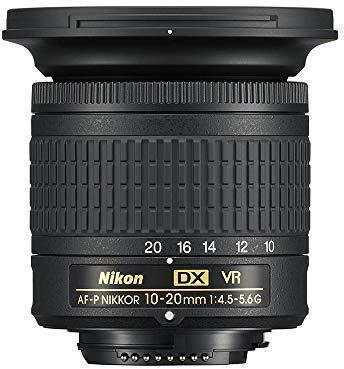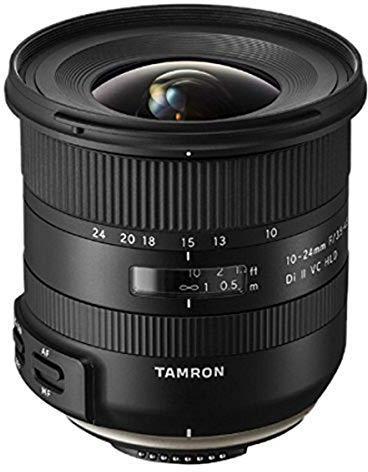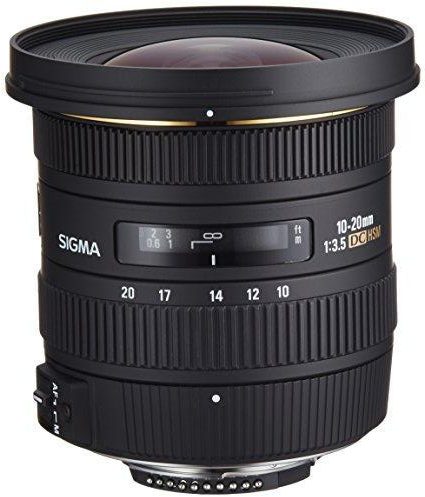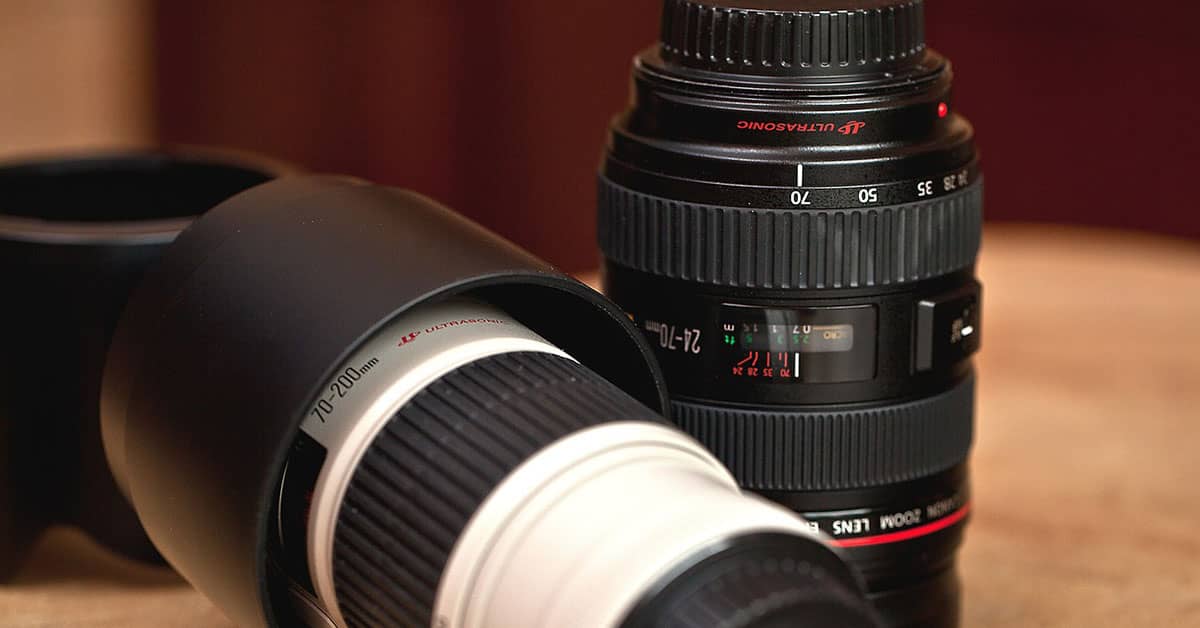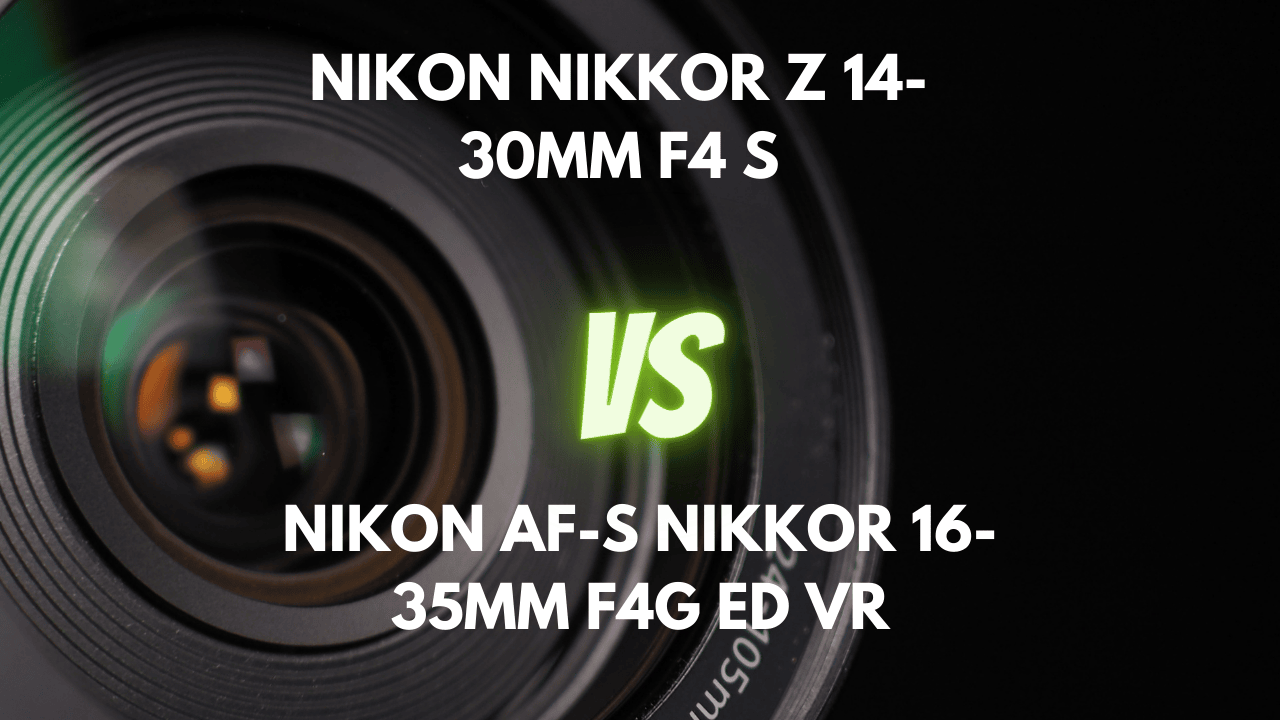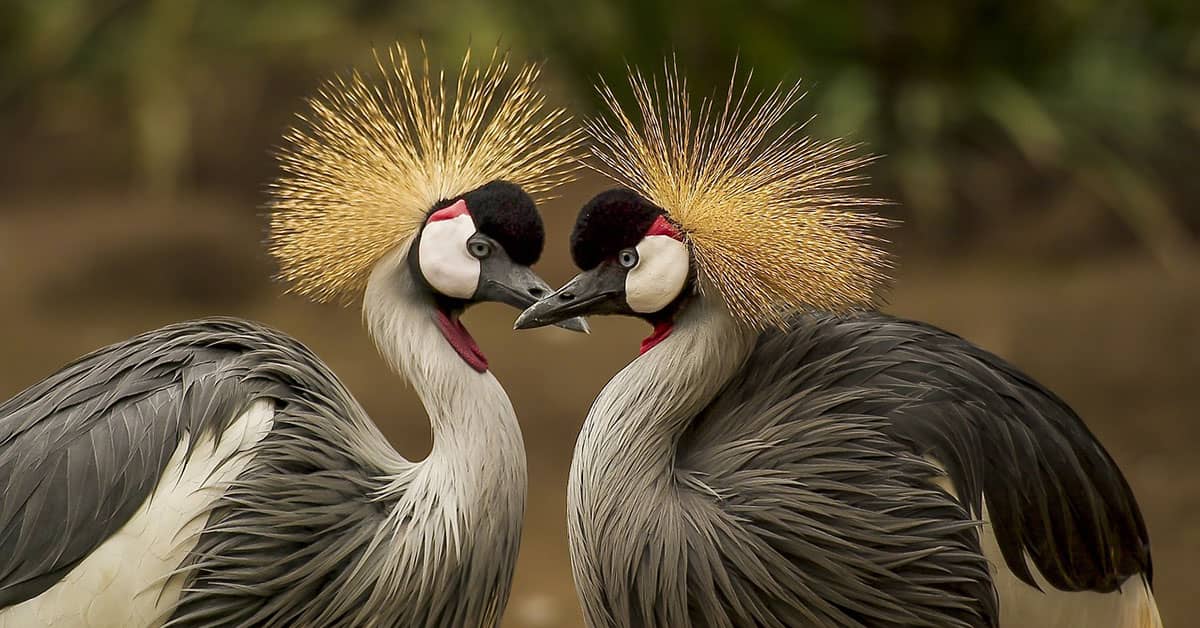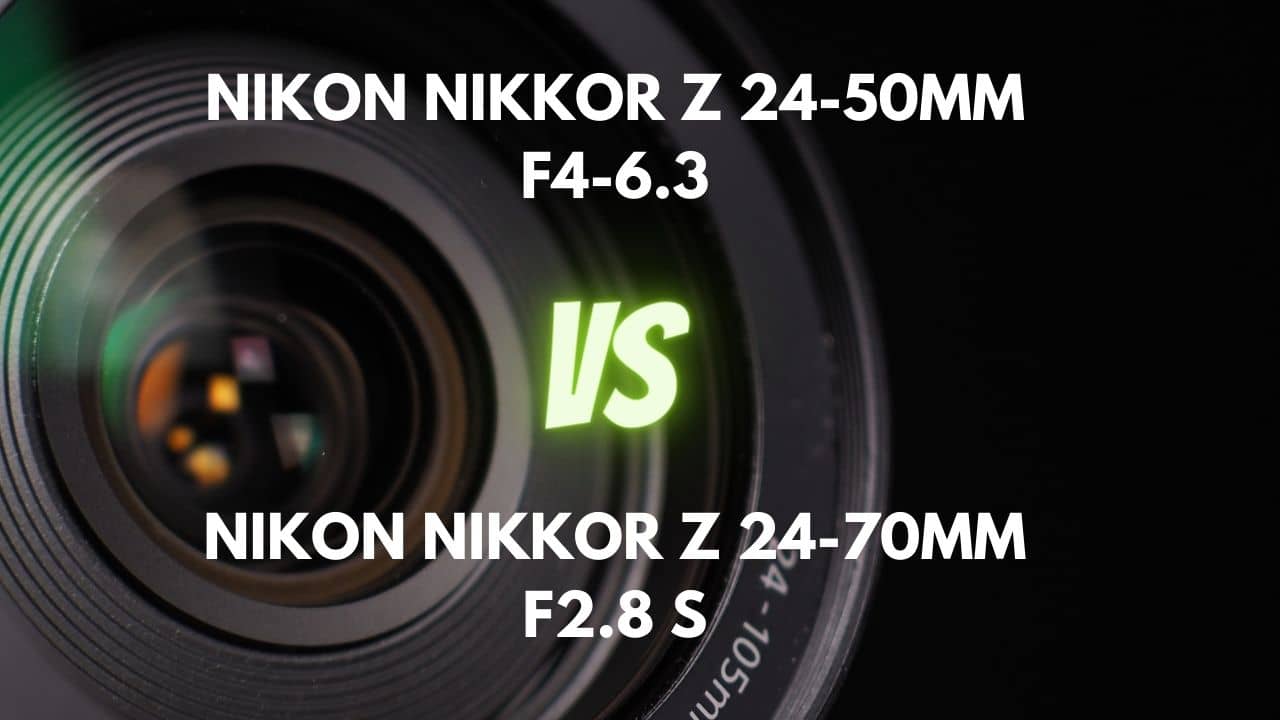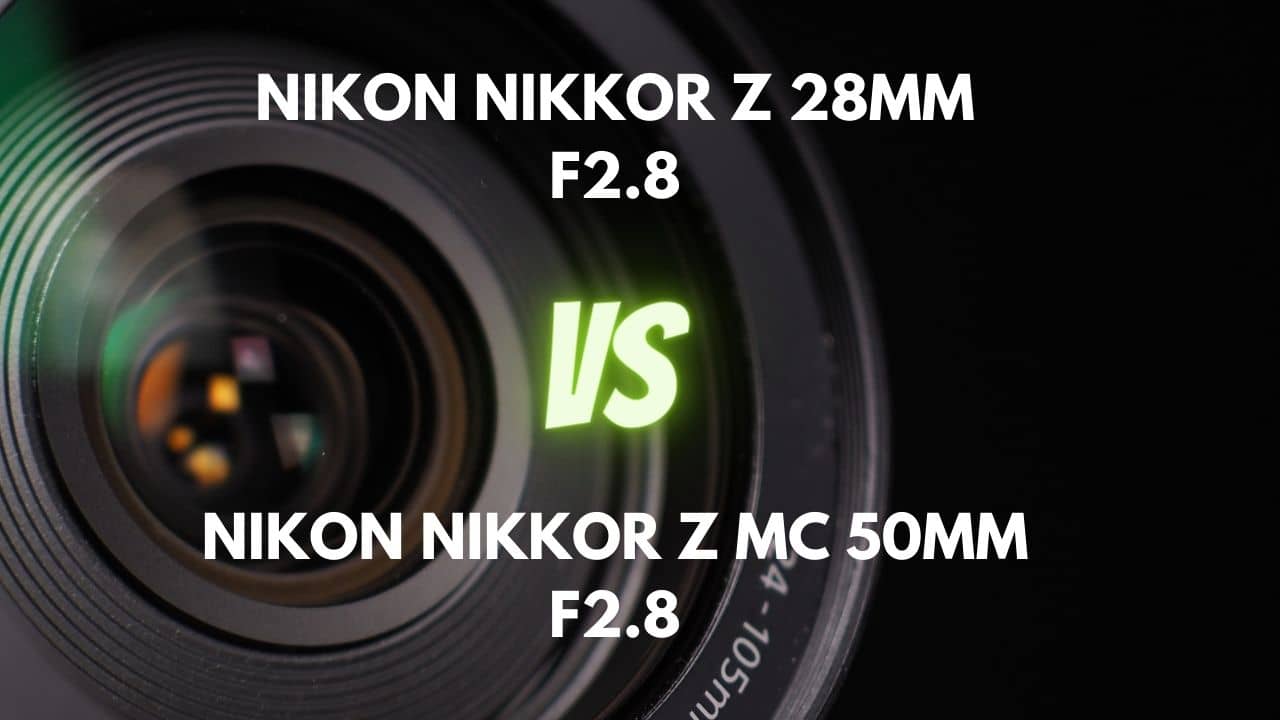Today we’re going to take an in-depth look at the Nikon D3500 camera and its lenses used for landscape photography. Is the Nikon D3500 good for landscape photography?
Before we dive into the lenses, let’s first specify that the Nikon D3500 is perfectly suited for landscape photography. It has a decent size APS-C sensor and the 24.0MP resolution can capture a lot of fine detail that translates pretty well to larger prints. Perhaps the only downside is that the camera is not weather-sealed, which isn’t ideal for shooting outside. That being said, if you avoid shooting on those really rainy days, this camera will perform perfectly well.
If you pair it with the right lens, it’ll perform even better, which is what I’m here to talk about. We’re going to take a look at three of the best compatible lenses on the market for shooting landscapes.
What are the best lenses for shooting landscapes with Nikon D3500?
Nikon AF-P DX NIKKOR 10-20mm f/4.5-5.6G VR
Nikon AF-P DX NIKKOR 10-20mm f/4.5-5.6G VR
This Nikon lens can capture stunningly sharp images of large landscapes with beautiful clarity, even when handheld shooting thanks to the image stabilization tech.
Pros
Cons
The first lens that we’re going to look at is the Nikon 10-20mm f/4.5-5.6. When shooting landscapes, you will want to capture the entire setting.
This particular wide-angle lens offers a large field of view and allows you to capture a large scene in your shot, which is critical for dramatic emphasis on the setting.
With that said, if you’re looking to shoot a large landscape, you’re going to want everything in the shot to be sharp and in focus. The 10-20mm focal length of this lens provides a deep depth of field and can provide sharp focus across the entire frame, even for objects that are far away.
You definitely want some flexibility in lighting when shooting landscapes, and the f/4.5-5.6 maximum aperture of this lens will allow for sharp images, even during the lower-light evening hours.
Nikon’s autofocusing system will also lend itself to helping you get super-sharp images. While it doesn’t have a quick selector switch built in, it does support auto-focusing with full-time manual override.
Overall, this lens is capable of stunning landscape shots with sharp detail throughout the entire image. It’s also super lightweight and compact, weighing under half a pound, which is perfect for traveling to those perfect vantage points. And with Nikon’s image stabilization technology, even hand-held shots will still be crystal clear.
Tamron 10-24mm f/3.5-4.5 Di-II VC HLD
Tamron 10-24mm f/3.5-4.5 Di II VC HLD
This Tamron lens is great for landscapes thanks to its wide angle of view and overall sharpness. Its weather-resistant construction also makes it ideal for shooting in slightly more difficult climates.
Pros
Cons
Our next lens is the Tamron 10-24mm f/3.5-4.5. Again, this is another super-wide-angle lens that allows for the incorporation of a large amount of scenery.
The deep depth of field, combined with the engineering behind the lens build, provides stunning clarity and sharp focus throughout the entire shot.
The construction and materials of the lens also lend themselves to super high-resolution images across the whole zoom range and correct chromatic aberrations and other distortions typically associated with super-wide angle lenses. The large aperture (3.5-4.5) also provides a lot of flexibility for lower-lighting shots, even though you can get a crisp image at a small aperture when using a tripod.
This particular lens also offers an autofocus mode with full-time manual override with a quick switch built in to allow for seamless switching between auto and manual focusing modes.
Although it has been reported that autofocusing is accurate, it may be relatively slow. It also comes equipped with Tamron’s vibration compensation technology, which compensates for camera shake in handheld shots, even in low-light environments.
All said and done, this is another great choice to pair up with your D3500 for shooting landscapes. It produces great image quality and provides a lot of flexibility in lighting environments.
It’s another great companion, and perfectly well suited for traveling with, at just under a pound in total weight. It’s also constructed to be dust and moisture resistant, which is ideal for outdoor shooting.
Sigma 10-20mm f/3.5 EX DC HSM
This Sigma lens is a great option for landscape photography and proves to be very flexible in shooting environments thanks to the constant large maximum aperture.
Pros
Cons
The last lens that we’re going to look at is the Sigma 10-20mm f/3.5. This is another lens that provides some flexibility in its focal length, but ultimately sports a wide angle of view.
As we’ve talked about with the other two lenses, these are attributes you’re definitely going to be after when it comes to shooting landscapes.
This lens is built with dispersion lens elements, which work to eliminate chromatic aberrations and improve clarity. The lens coatings also help to minimize flare and ghosting that can be prevalent when working in brighter conditions, such as outdoors on a sunny day.
One of the nice things about this lens is the large f/3.5 maximum aperture, which is available throughout the entire zoom range of the lens.
It allows the lens to shoot sharp images in less-than-ideal lighting, and if the situation requires a bit of zoom, there won’t be a sacrifice in aperture size.
Unlike the last two lenses, this lens does lack image stabilization technology, which may make handheld shooting (especially in lower light settings) a bit more of a challenge.
Even then, this is another more than viable option for landscape shooting. It weighs just over a pound, which is more than manageable for a hike. It produces high-resolution images with great sharpness from center to edge.
Final Words
Ultimately, any one of these lenses would be great for landscape photography. There are a few factors to consider when making a choice between the three, such as budget, construction, and features.
If I were going to recommend one out of the three, it would be the Tamron lens. While it is the highest priced of the three, the weather-resistant construction, larger maximum aperture, and image-stabilizing technology would make it worth the extra cost.

